Of all of the Alex Kurtzman-era Star Trek series, Star Trek: Picard has had the roughest journey throughout its run. Sure, Discovery suffered through some growing pains in its first season or so, but a time jump and a consistent slate of showrunners later it’s at least found a sense of identity. But Star Trek: Picard, despite its clearly stated desire to cater to the most fanservice-friendly cabal of Trekkers, has had difficulty finding its own sense of identity. First, Patrick Stewart’s stalwart admiral found himself in a miserablist parade of death and destruction, one where Starfleet was no longer the one he knew. Then, he zapped back to the past for an equally-clumsy Voyage Home riff that ended with a big shrug of a climax. From there, it was clear Paramount needed to clear the board and start afresh.
We say afresh, but really, showrunner Terry Matalas diverts by diving even more deeply into familiar territory, chucking some of the previous mandates Stewart reportedly demanded to return: No uniforms, no Starfleet ship, no stalwart crew of professionals. This time, the band is back together, the show jettisoning most of its new characters in favor of offering Stewart’s Next Generation castmates one last job. In so doing, season 3 of Picard feels like the swan song it’s always promised itself to be, just not merely of its title character.
It feels like the reunion the show should have been all along: not poor Patrick Stewart slumming it with a disconnected cast of poorly-written misfits (and Jeri Ryan as Seven of Nine), but a true reckoning of the most important years of Picard’s life. The same stylistic foibles are there — the empty, unmotivated fanservice, the tin-eared dialogue that feels more like a fan film than Peak Trek — but its last-hurrah finality helps smooth that over nicely.
The Last Generation
In a way, it feels inevitable that Picard would end with a season-long bow to the Next Generation crew — a cast who single-handedly revitalized Star Trek’s longevity on the television landscape in the late ‘80s. Without them, there would be no Star Trek: Deep Space Nine, no Star Trek: Voyager, and no ongoing nexus of modern-day Trek shows around which Picard would orbit. Hell, they were so popular they, like their Original Series counterparts, graduated to the big screen in no fewer than four motion-picture installments.
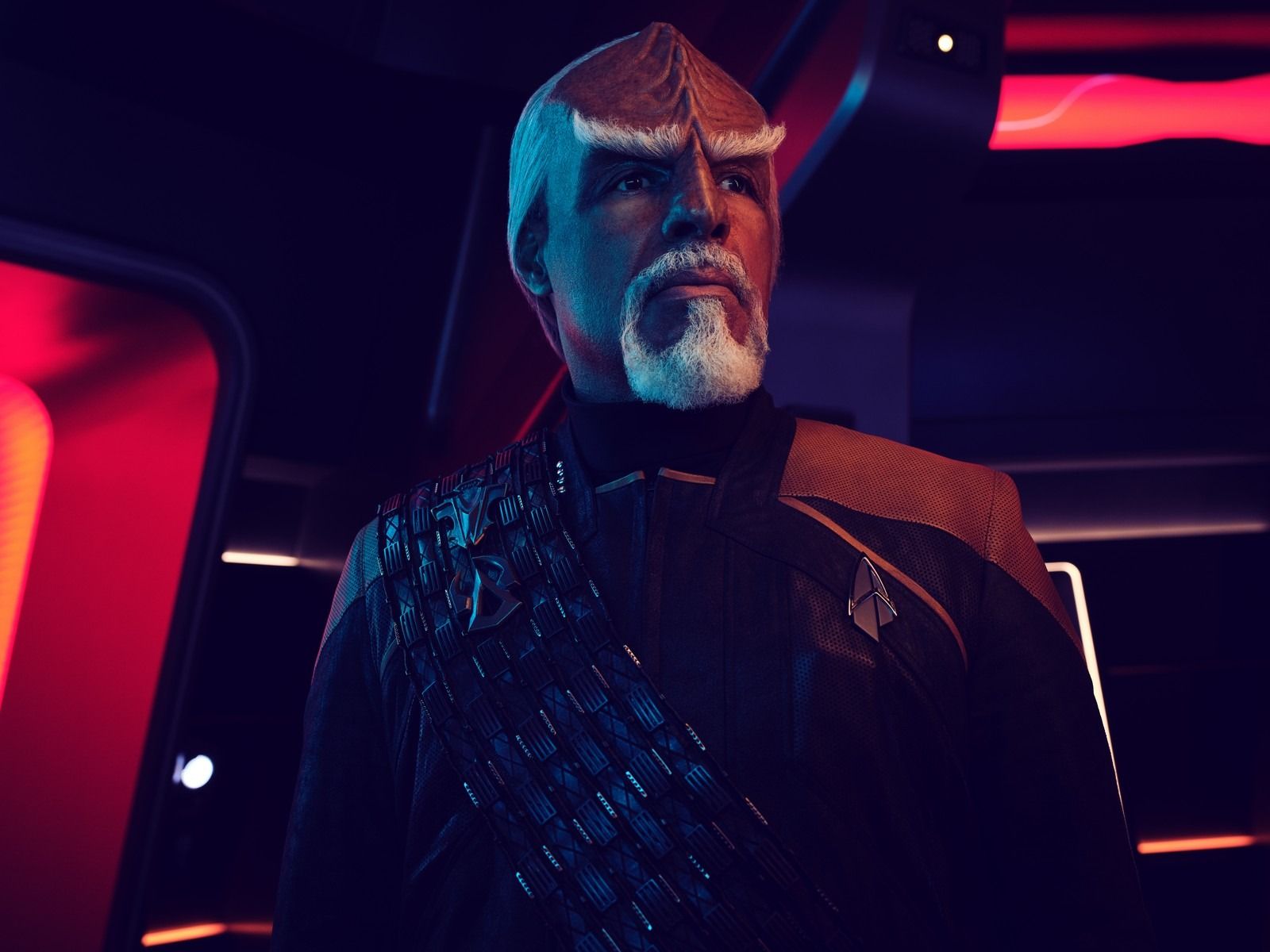
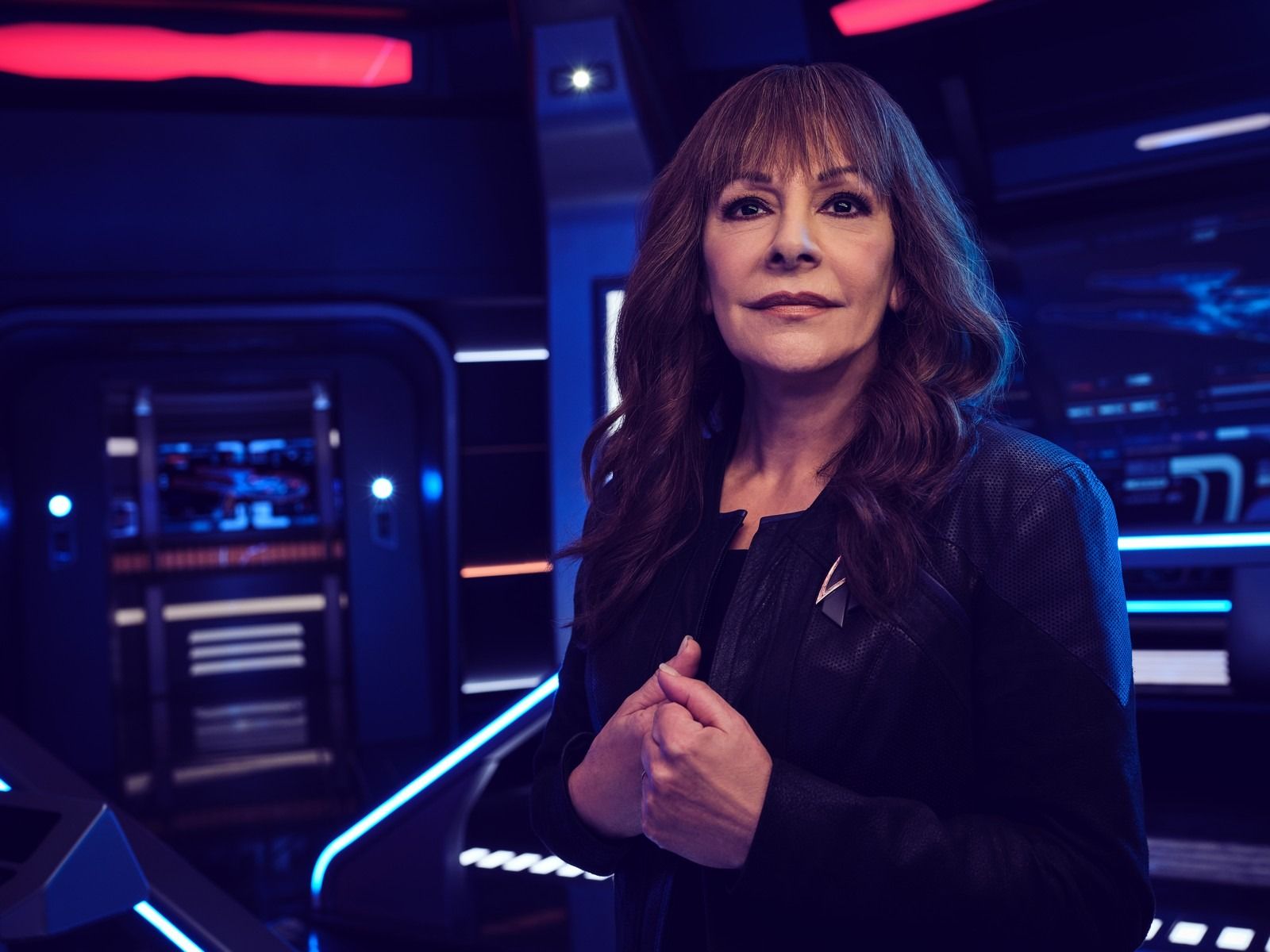
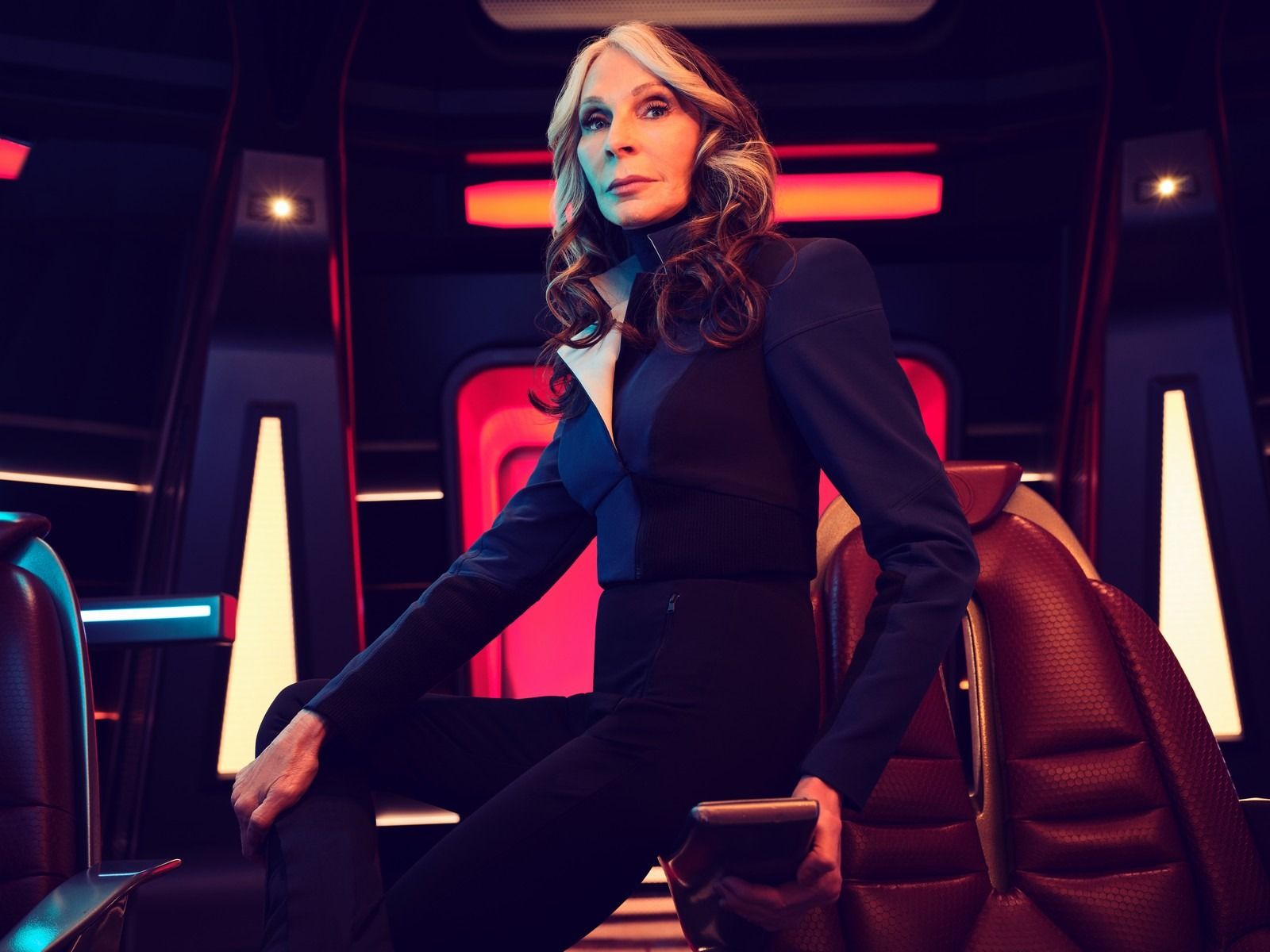
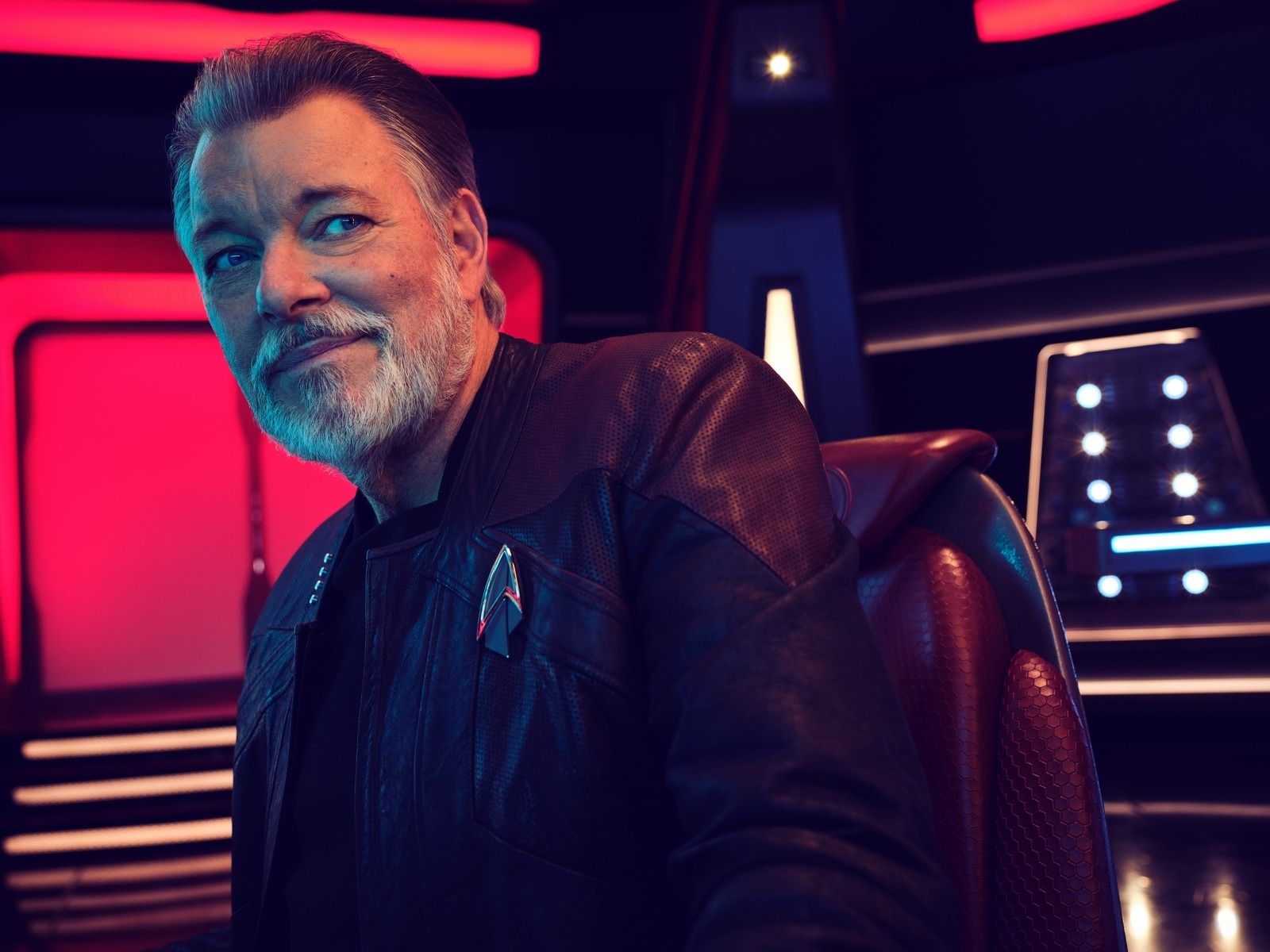
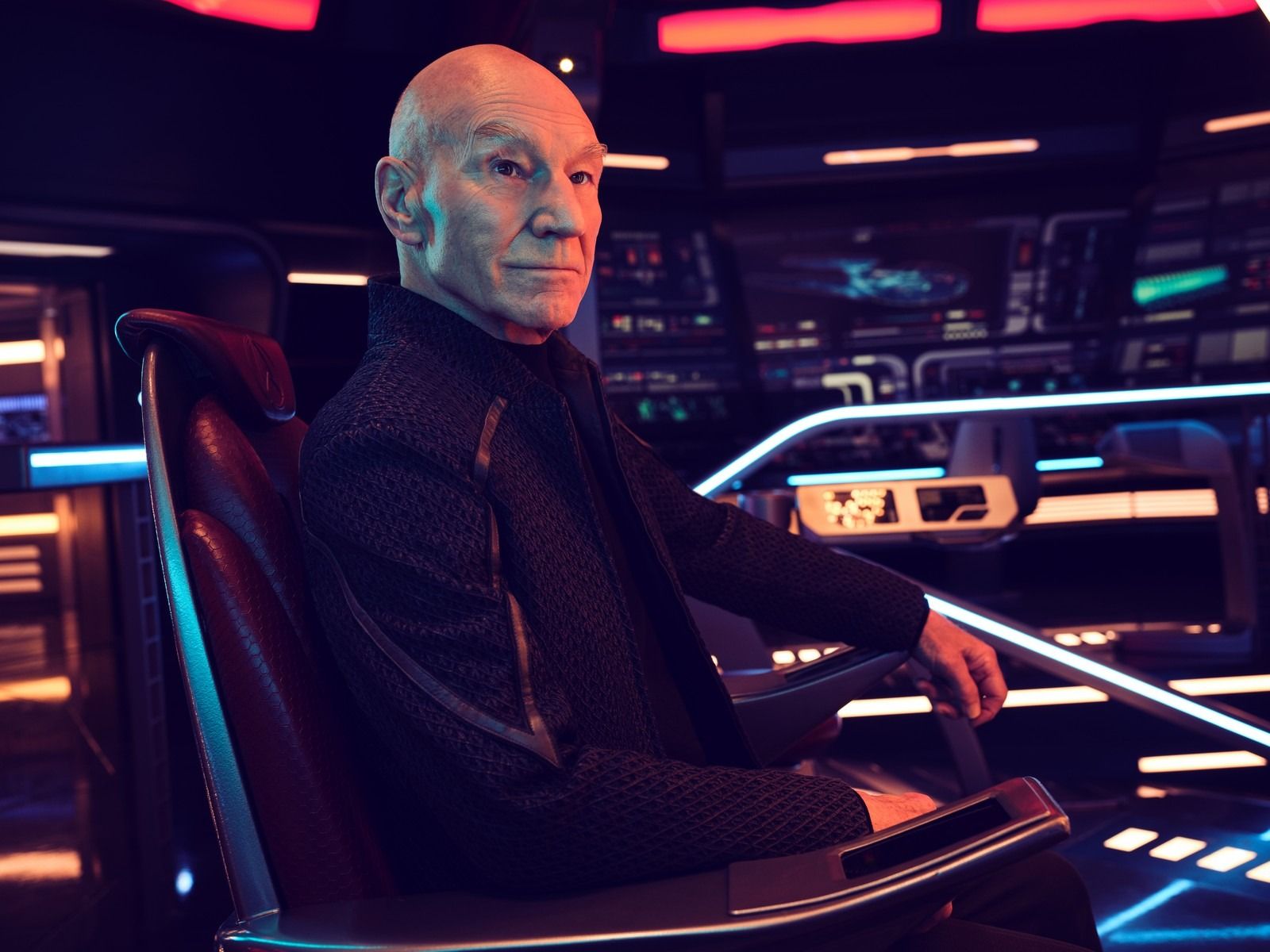
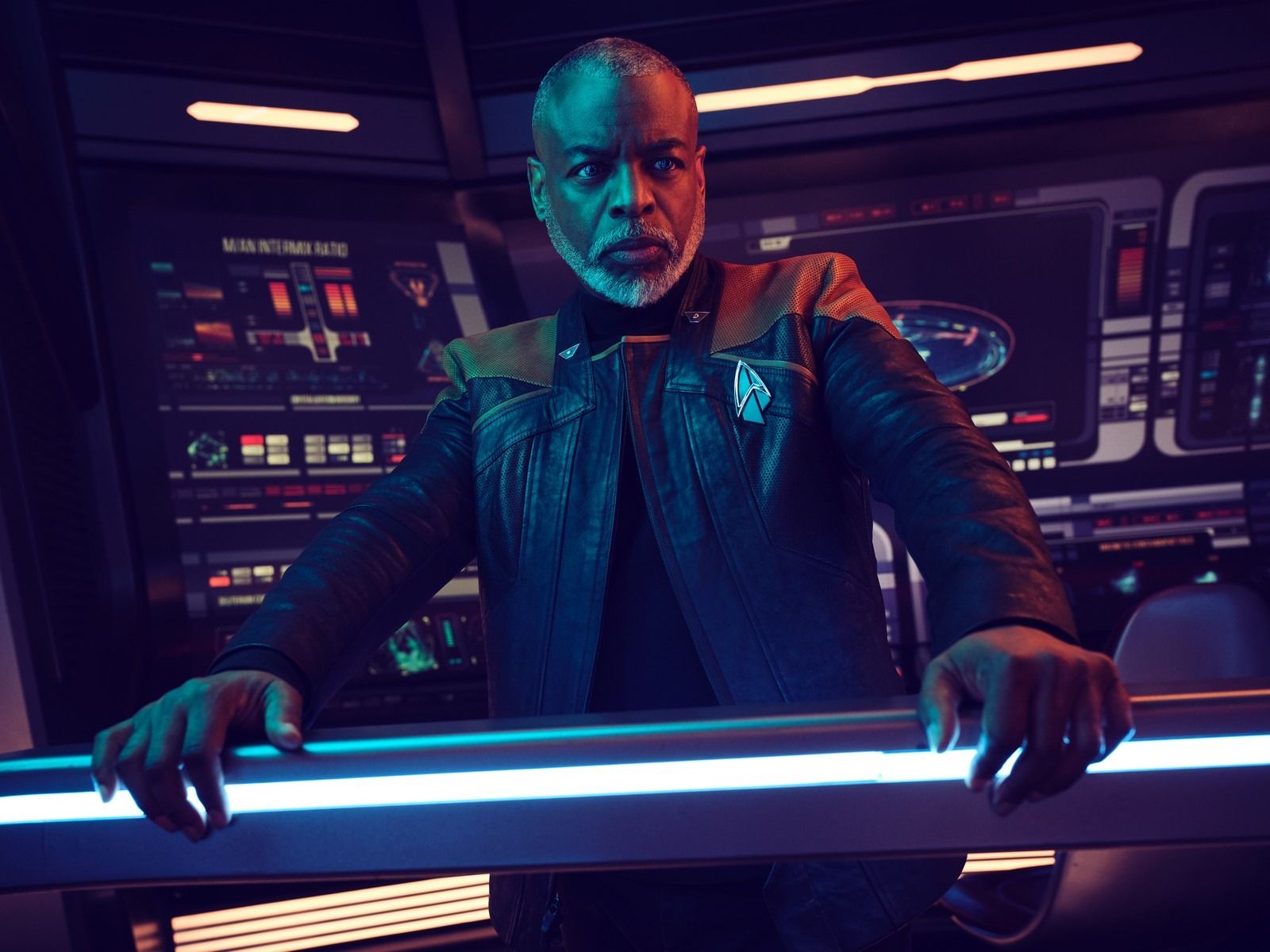
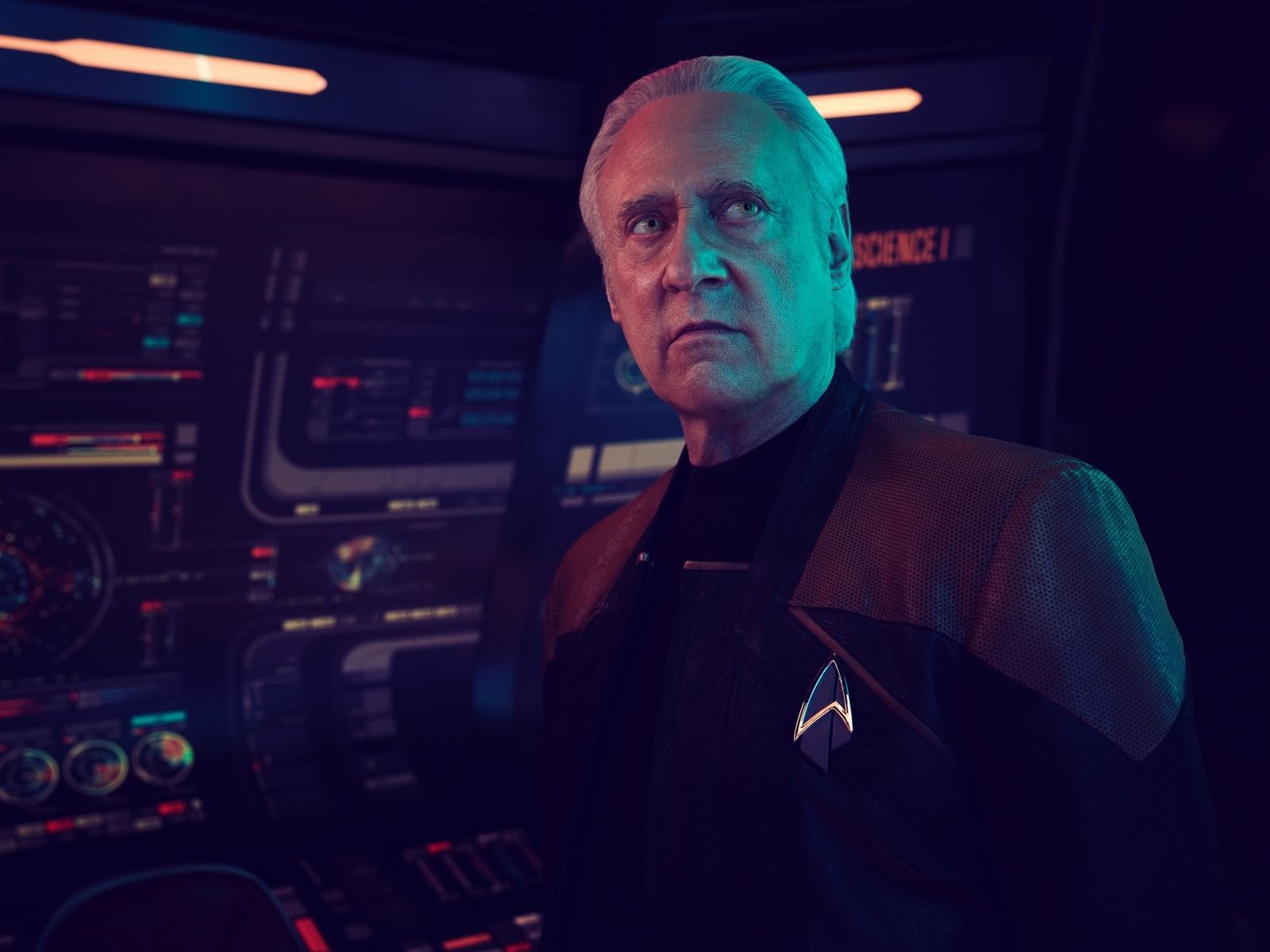
But unlike Kirk and crew, they never got the last hurrah they truly deserved, ‘All Good Things...’ (S7, Ep25-26) excepted. Their final film together, Star Trek: Nemesis (2002), was an uneven mess that made little use of most of its main characters (its director, Stuart Baird, reportedly understood little about the franchise and the very characters he was responsible for). Picard Season 3 seeks to remedy that, and the results are, if hardly perfect, at least… fitting for a final sendoff.
Our gateway back to our old favorite crew is, of course, Dr. Beverly Crusher (Gates McFadden), spotted on a mysterious Starfleet ship out in unregistered space, pursued by mysterious aliens. Blasting away with a classic Star Trek: First Contact (1996)-style phaser rifle — in keeping with the TNG movies’ insistence on letting its AARP-member cast feel like interstellar gunslingers, no matter how implausible — she barely survives the encounter and manages to send out a distress signal to, who else, her old friend Jean-Luc. “No Starfleet,” she warns. “Trust no one.”
This sends him running to his old friend, Captain Will Riker (Jonathan Frakes), who’s eager to help his friend discreetly chase down the signal and recover Beverly from whatever trouble she’s in. But that means hitching a ride on Riker’s old command, the recently-refitted USS Titan, alongside its crew — which includes another familiar face in the form of Seven of Nine, now the ship’s first officer — and convincing them to sneak off to the edge of Federation space so they can find her.
But Seven’s not the only returning member of Picard’s old cast to stick around: While all this is going on, we see glimpses of ex-Starfleet ex-junkie Raffi Musiker (Michelle Hurd), now seemingly undercover, tracking down leads to a mysterious weapon stolen from the Daystrom Institute from La Sirena, the show’s old hero ship, now an empty echo without Rios or the rest of the crew around. (While she’ll tie in more deeply to the A-plot later in the season, for now, she feels vestigial like she’s the last actor from Season 2 to get the memo from corporate that her services were no longer required.)
There are the new faces, too, ones both murkily connected to the Enterprise veterans’ backstories and thematic reminders of the future that no longer belongs to them. Captain Liam Shaw, the Titan’s new skipper, is at once a shot in the arm to the show’s dynamic — a jaded ex-engineer who’s hardly impressed with the often reckless exploits of Starfleet “legends” like Picard — and the worst culprit of the too-cute Whedonesque dialogue that plagues the show’s lighter moments. (Todd Stashwick has a hell of a time in the role, though.) We even get flashes of Star Trek: Generations (1994)’ Demora Sulu with Titan’s helmsman being another daughter of Starfleet royalty: Ensign Sidney La Forge (Ashlei Sharpe Chestnut).
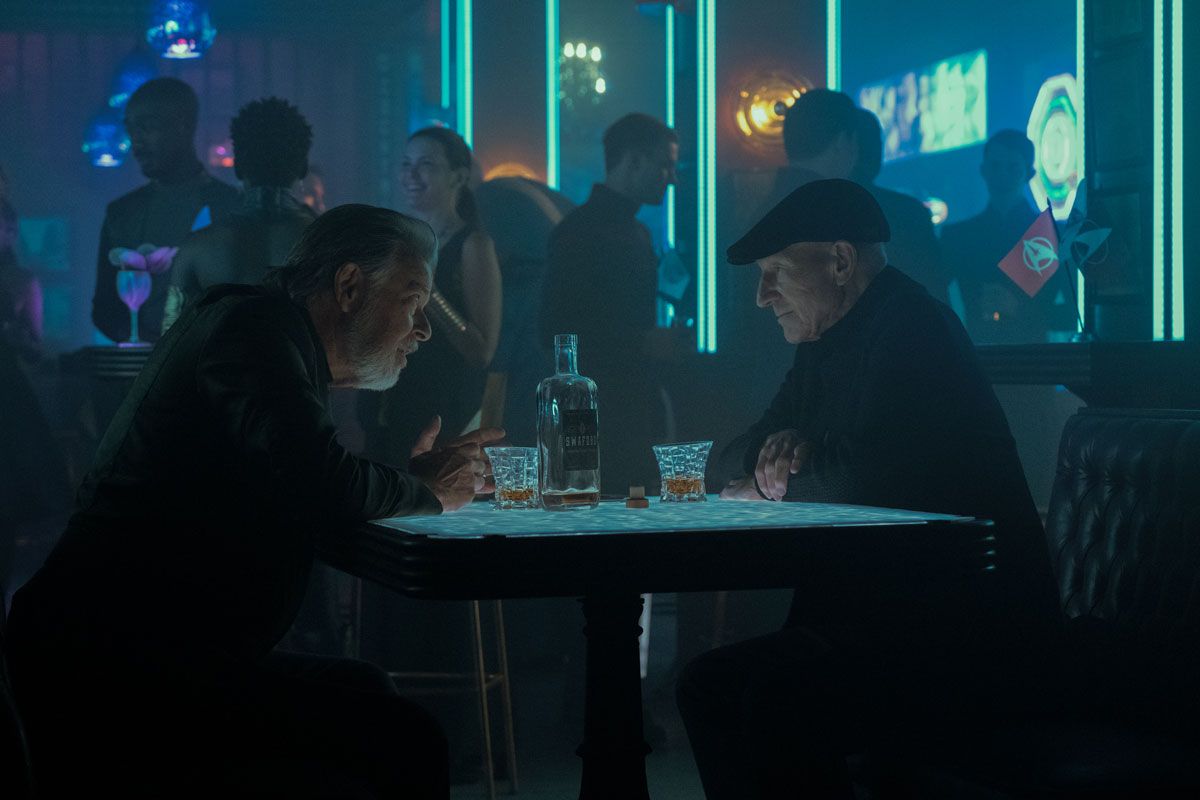
Then there’s Ed Speleers as the yet-unseen companion of Dr. Crusher; his identity won’t be revealed until later, but suffice it to say it opens up new avenues for the will-they-won’t-they dynamic Crusher and Picard enjoyed throughout their time on the show. There’s something of Malcolm Reed meets Han Solo in Speleers’ role, a rakish smuggler who’s spent his life on the outskirts of Federation decorum and who carries a disdain for Starfleet stuffiness as a result. Can’t say much more at present, but he’ll be a major player in the story moving forward.
The Re-Discovered Country
While fanservice and nostalgia is Picard’s bread and butter, it’s hard to escape the notion that Matalas and crew can’t quite decide what era of Trek to call back to. The most obvious answer is Next Gen, with the return of the Enterprise-D crew and its thematic tying of loose ends there. But aesthetically and narratively, it echoes several of the original crew Trek movies to an almost slavish extent: The premiere episode, “The Next Generation” (natch), begins with the phrase “In The 25th Century…” in that blocky blue font only ever used in Star Trek II: The Wrath of Khan (1982). That font carries over into the credits, which replaces the show’s old title sequence — and Jeff Russo’s dreamy theme — with a straightforward reprise of Jerry Goldsmith’s First Contact theme, which dovetails into the classic Next Gen fanfare.
That muddled echo circles back to the new look of the Titan-A, which has been refit to be a “Neo-Constitution-class” vessel that basically looks like a smooshed, Star Trek Online version of the movie revamp of Kirk’s original Enterprise, with a few nods to the Excelsior in its deflector dish along the way. It’s introduced in a spacedock, not unlike the one we saw in Star Trek III: The Search for Spock (1984). Picard and Riker are introduced with the exact same space-bosun’s whistle we saw in Wrath of Khan. And that’s just in the first episode; there are plenty more in the six episodes provided to critics prior to premiere, though we daren’t spoil the fun here.
Those callbacks extend to the plot, too, especially in the first half, which mashes elements from virtually all of the feature films, from Wrath of Khan (vengeful villain chasing our heroes through a dangerous nebula) to Undiscovered Country (said villain played with reptilian verve by Amanda Plummer, daughter of General Chang himself, Christopher Plummer) and beyond.
It’s all a bit overwhelming, to be frank. Reuniting Stewart with his castmates, with whom he clearly still has incredible affection (and chemistry with), would have been more than enough to steer Picard back on track. But Matalas et al. realize you don’t just miss the TNG crew — you miss what Star Trek used to feel like when you grew up watching it in the ‘90s. The first two seasons did this too, albeit in smaller doses: a Seven of Nine here, an aging Q there, and a Wil Wheaton cameo wayyyyy over in the back. Season 3 confuses a spoonful of sugar with the entire dose when it turns out you probably needed a bit of medicine.
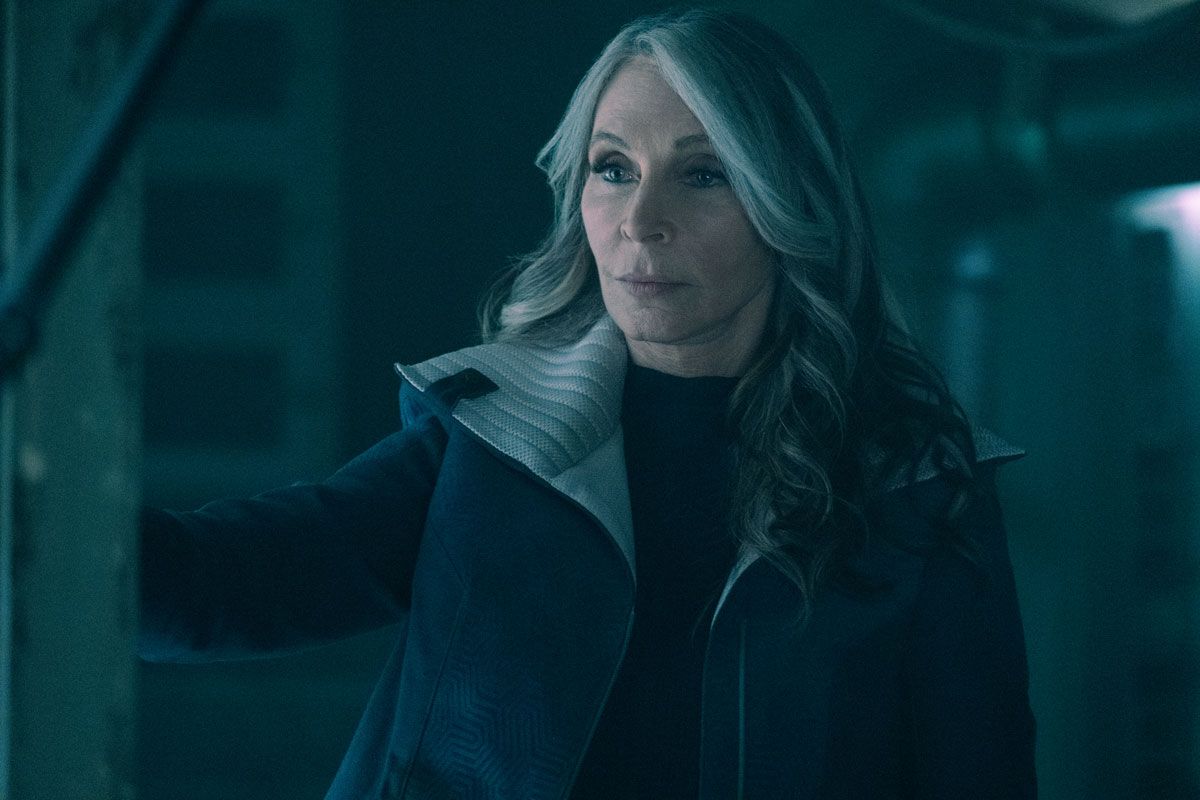
Here’s to the Finest Crew in Starfleet
Still, Season 3’s biggest cast swing is its most endearing element: the return of Stewart’s old Next Generation castmates. Yes, Riker and Troi (Marina Sirtis) had a standout episode in Season 1, and Brent Spiner has floated throughout the miasma of the first two seasons as Data, Data’s data ghost, and an escalating succession of Soongs throughout history. (That family has to have the shallowest gene pool in the universe.) But this time, Gates McFadden, Michael Dorn, and LeVar Burton finally return to the Federation banner, and it’s a delight to see them when they turn up.
It’s Frakes, though, who gets the best material this season (after Stewart, of course), playing up his cheeky “elder statesman” take on Riker as Picard’s true number-one. They’re in the thick from the beginning, and Frakes and Stewart bounce off each other incredibly well. There’s a looseness to their performances that comes with age, and presumably, Stewart’s desire to remove the stick from Picard’s butt in his synth-constructed golden years, that shines through even in these early scenes. It all feels a bit like an hour-long commercial for Star Trek: Fleet Command, that mobile game with an ad budget seemingly as big as the Bank of Ferenginar. But in the moment, it’s just nice to see them together again.
But all of their futures are still tinged with Picard’s signature pathos, which can be a bit hard to swallow all at once. The reunion isn’t happy for some — it turns out Crusher cut herself off from the crew for the past twenty years, for reasons that will naturally be explored later in the season. LaForge isn’t an engineer anymore; he administrates the Fleet Museum, a space-dock collection of, as it happens, a whole group of nostalgia-bait ships diehard fans will try to spot frame by frame when we finally get there. Riker and Troi are on the outs since Season 1, the former using this caper as an excuse to get some excitement back in his life. Even Seven is riddled with internal conflict, feeling stifled in her new role on the Titan and contemplating leaving Starfleet. And don’t worry, we’ll see Spiner in that gold makeup again — though as Lore, or a new Data, or even B-4, we’ll leave it to you to find out (and hear how they explain away the sags and droops of natural human age).
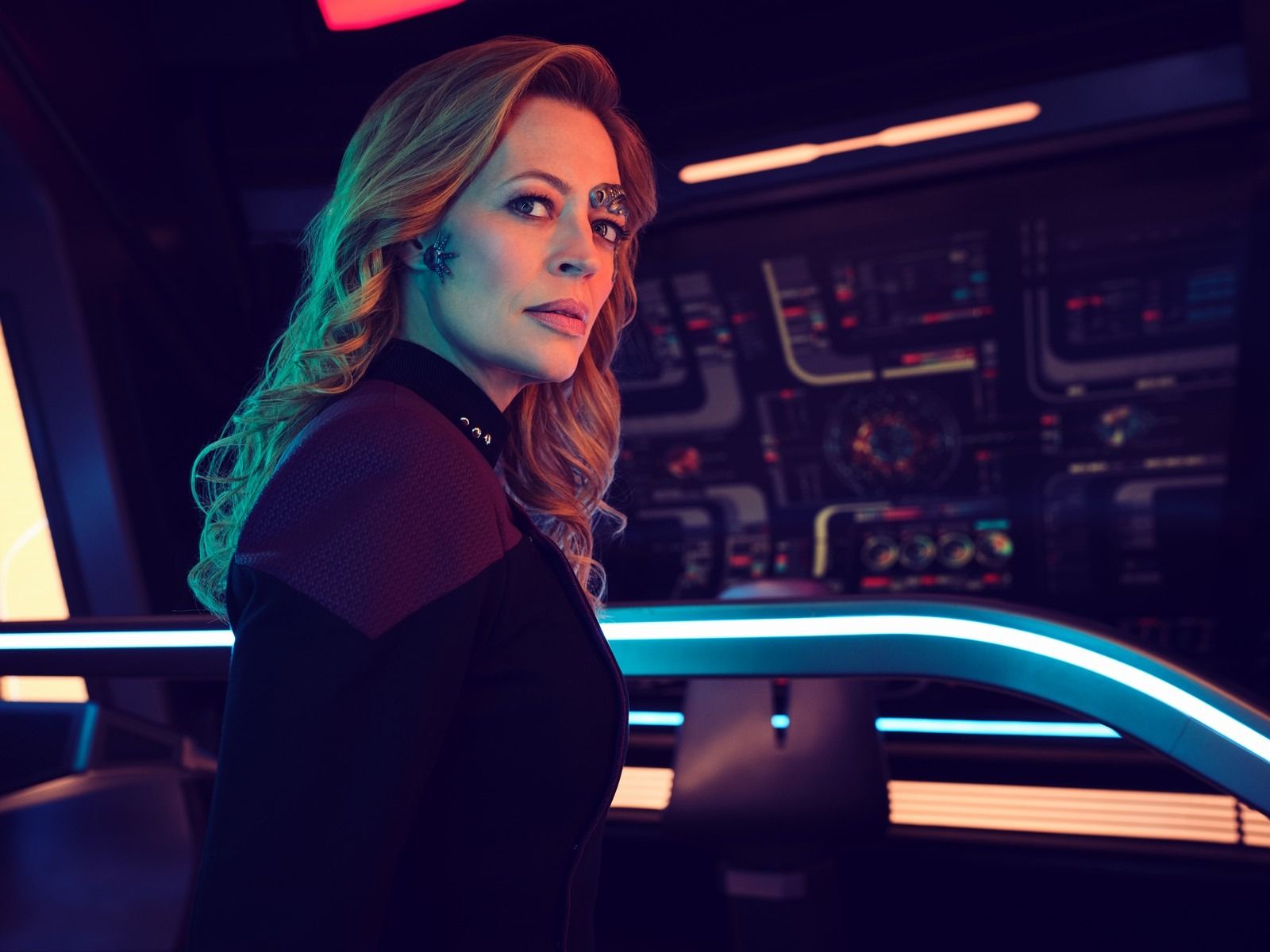
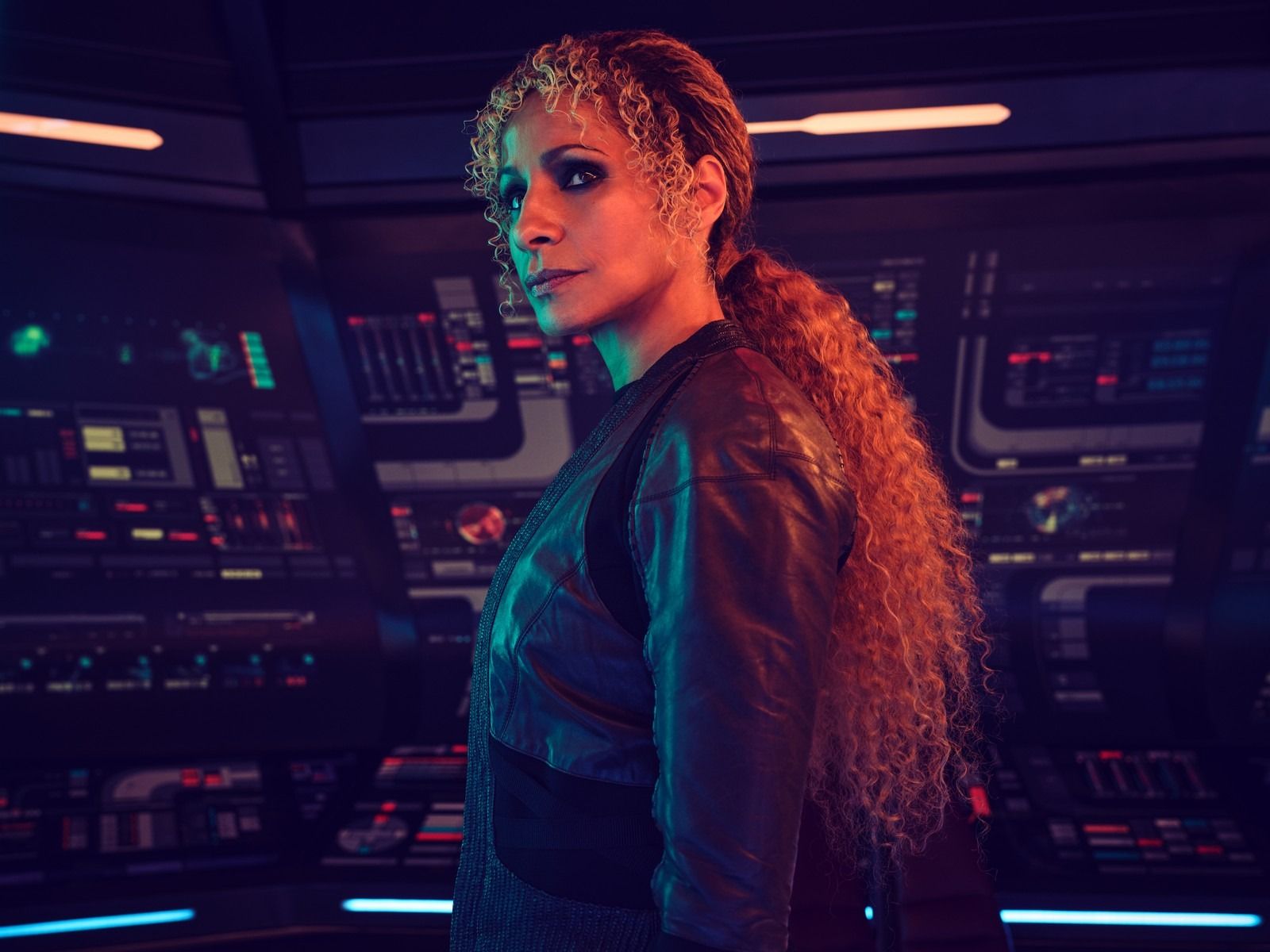
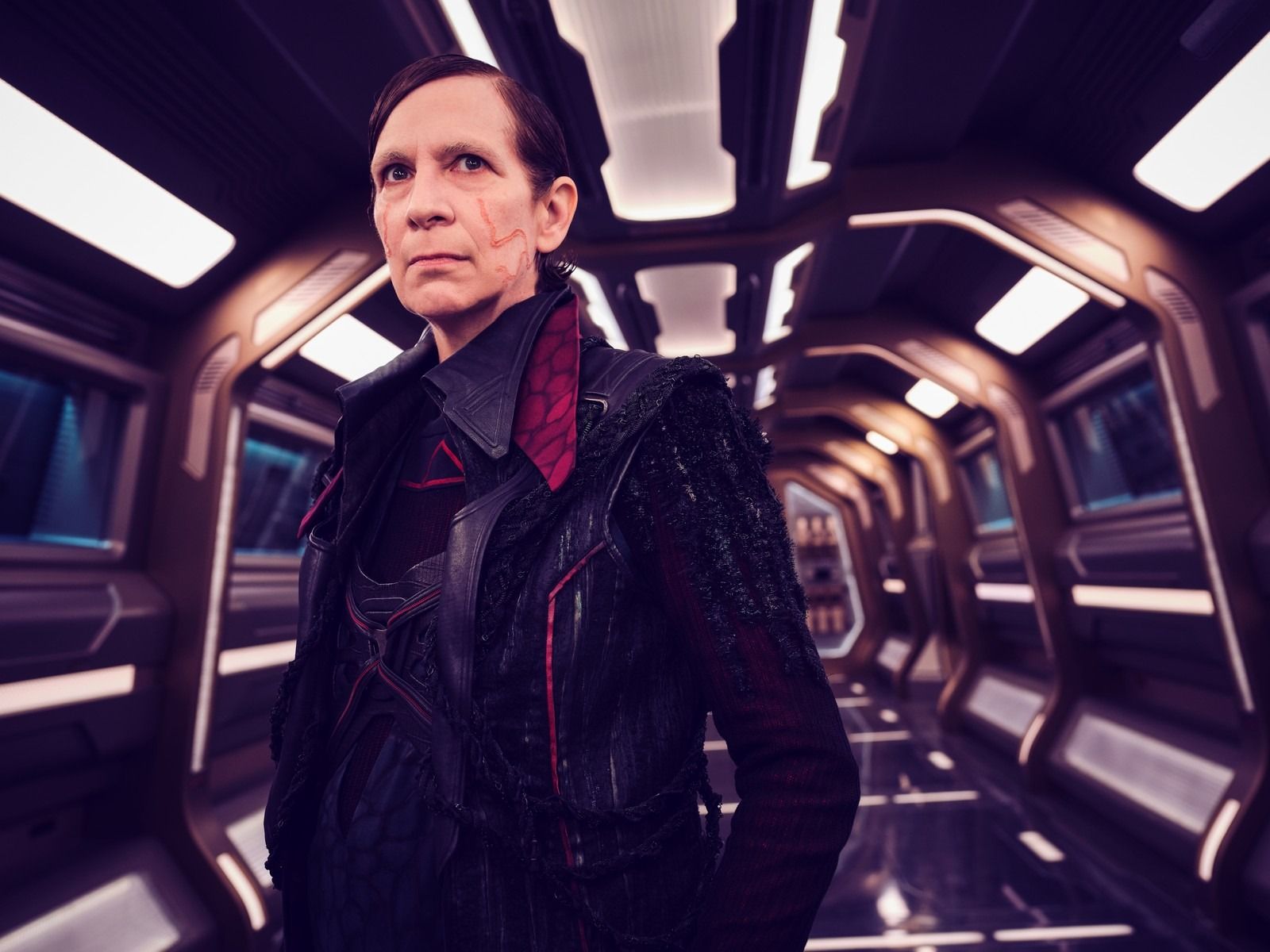
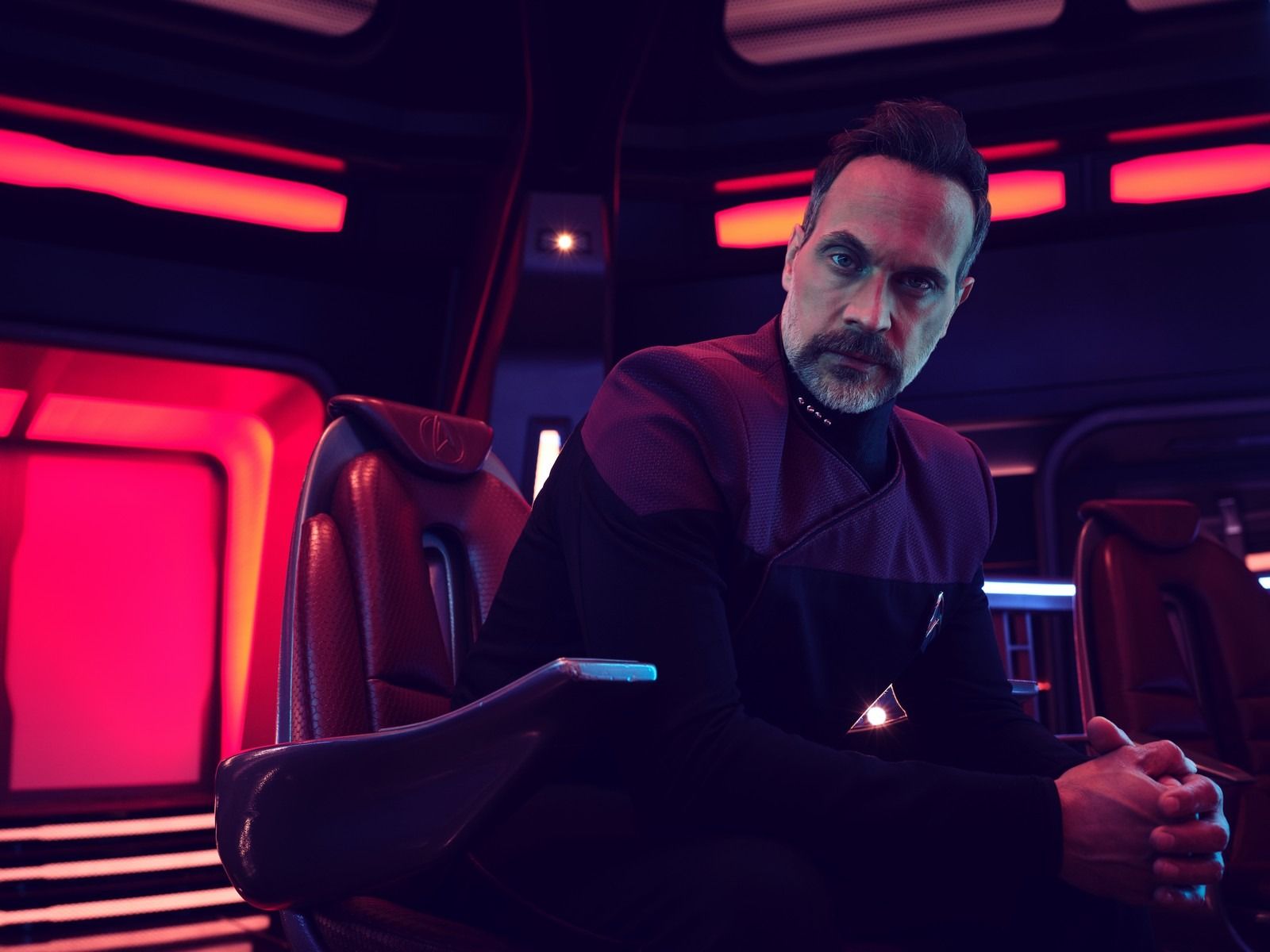
But Does It Go Boldly?
But for all these course corrections, there’s still something missing from Picard, and perhaps the bulk of Paramount’s Star Trek offerings (a few exceptions aside, especially the animated ones). Perhaps it’s most acutely visible here, given its mandate to divert all power to the nostalgia engines and, specifically, further the stories of characters many fans have spent decades watching and in some cases idolizing. Season 3 feels at once like the show it should have been the whole time, and a case study for the limitations of that kind of story in the first place: It’s nice to see everyone back on screen, but the plot laid out in front of them feels like a mere excuse to play the hits again.
That’s not to say it’s not worth watching. This is, after all, the true canonical swan song for the Next Generation cast, and one might as well tune in to see how it all turns out. No matter how poorly-paced the script or overtly quippy the dialogue may be, there’s a certain thrill to seeing our old favorites trudge along the corridors of a starship, or shout orders from a bridge as sparks fly from consoles (even in the 25th century, circuit breakers remain a thing of the past). Just don’t expect to care about the actual crisis they plan to solve — that’s window dressing for seeing Frakes, Dorn, and the rest back in their old digs, spouting technobabble and waving around tricorders. Matalas thinks that’s all we want from our Star Trek, and by Kahless, he’s going to give it to us.
This review was first published on February 13th, 2023.
The cost of your membership has allowed us to mentor new writers and allowed us to reflect the diversity of voices within fandom. None of this is possible without you. Thank you. 🙂










